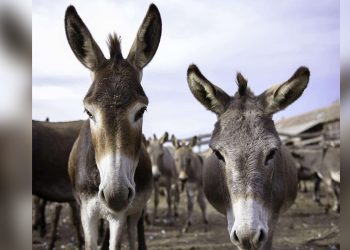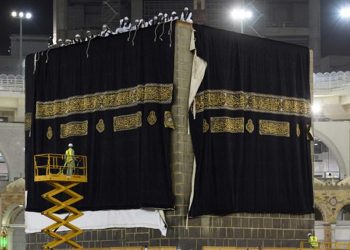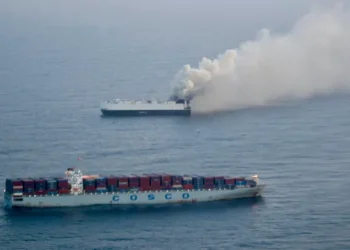Using the James Webb Space Telescope, scientists have found the most compelling evidence yet of potential life beyond our solar system. Researchers detected two gases—dimethyl sulfide (DMS) and dimethyl disulfide (DMDS)—in the atmosphere of exoplanet K2-18 b. On Earth, these compounds are produced exclusively by living organisms, particularly marine microbes like phytoplankton.
While the findings are not confirmation of extraterrestrial life, they represent a possible biosignature—an indication of biological activity. Lead author Nikku Madhusudhan, an astrophysicist at the University of Cambridge, emphasized the need for further observations but expressed optimism about the discovery.
“This is a transformational moment,” Madhusudhan said, noting that this marks the beginning of what he calls “observational astrobiology”—the study of life in the universe using direct evidence from space-based instruments.
K2-18 b, located 124 light-years away in the constellation Leo, is roughly 8.6 times the mass of Earth and 2.6 times its diameter. It orbits within the habitable zone of a red dwarf star, a region where conditions might allow liquid water to exist—an essential ingredient for life. Another planet also orbits this same star, offering further opportunities for exploration.



































